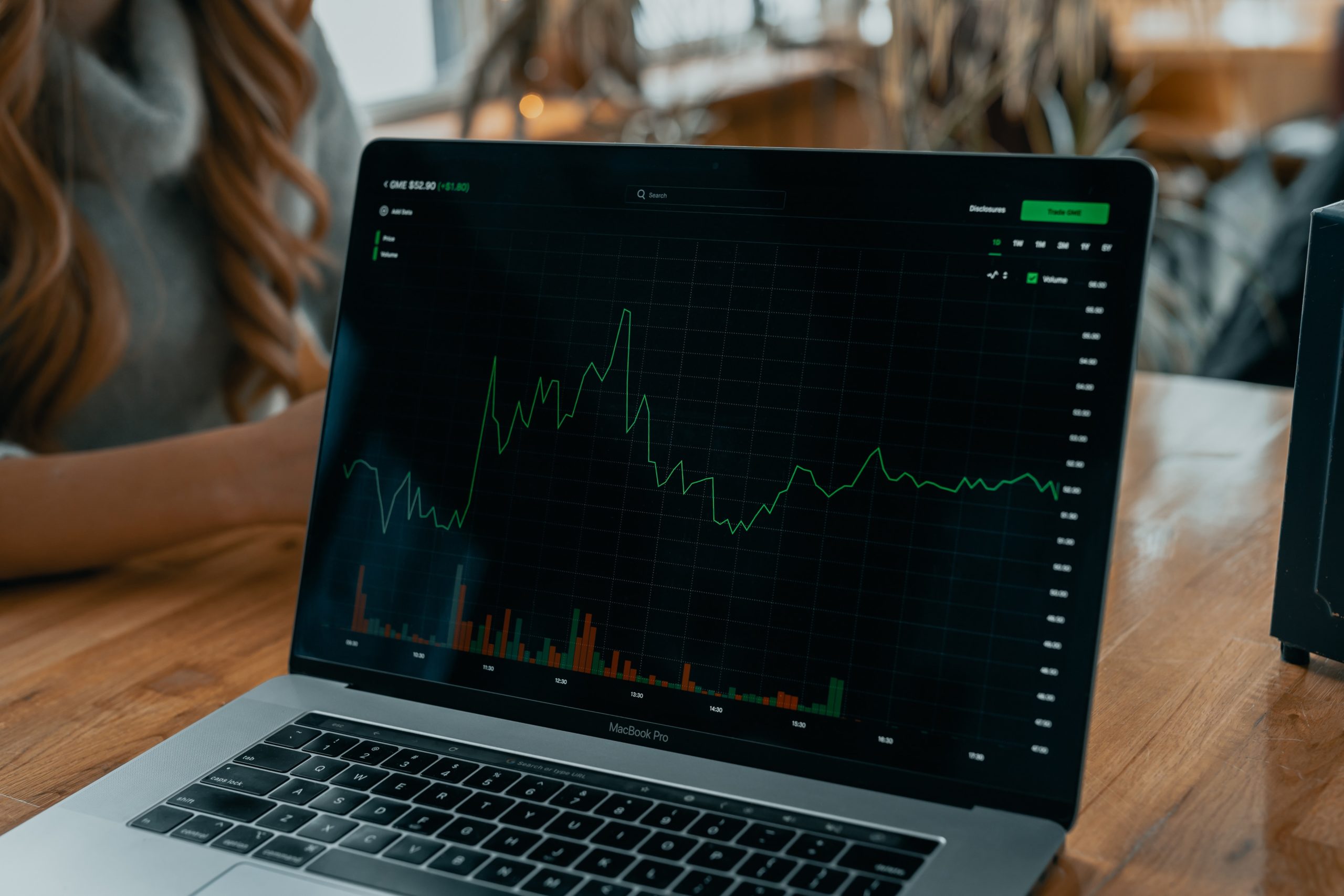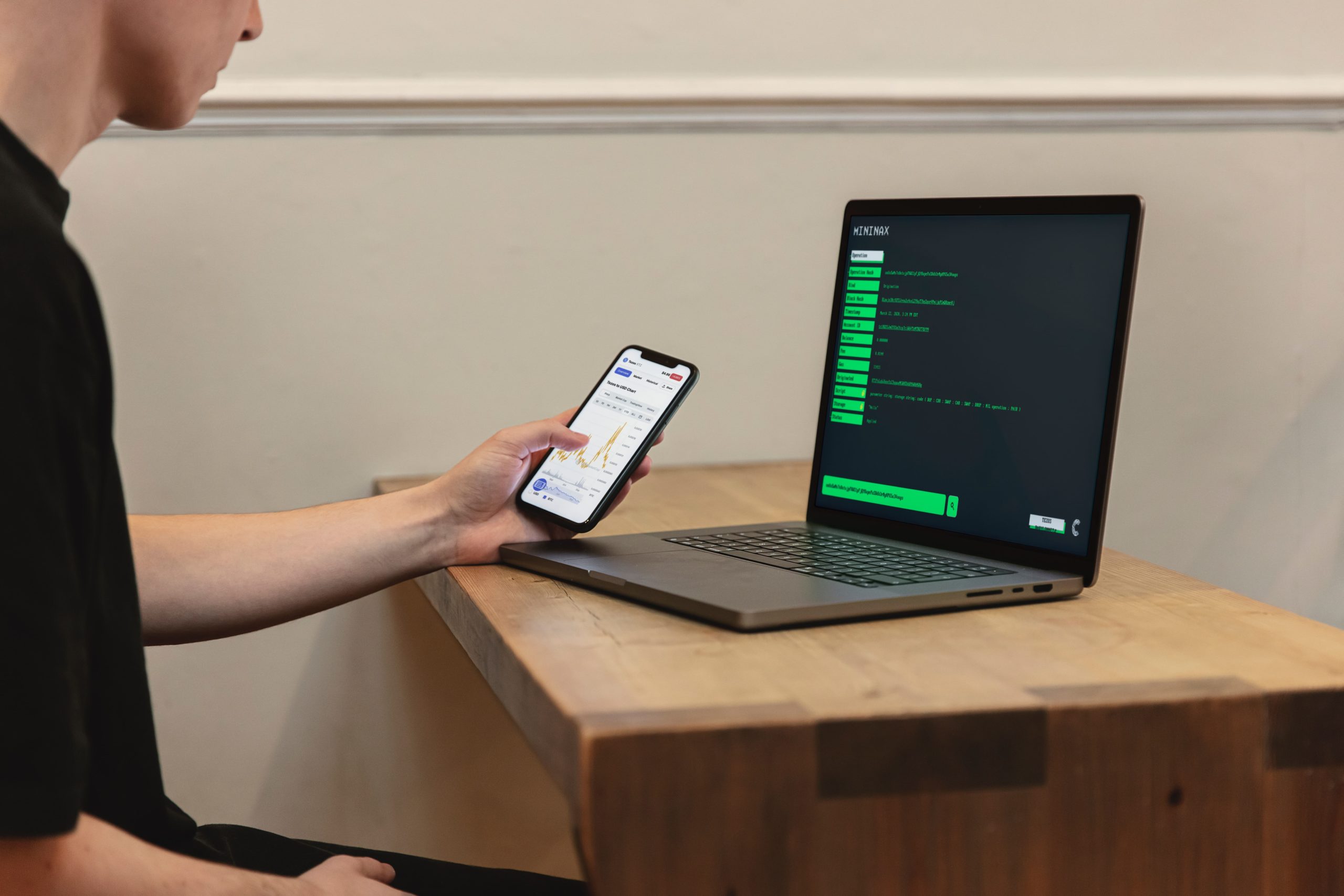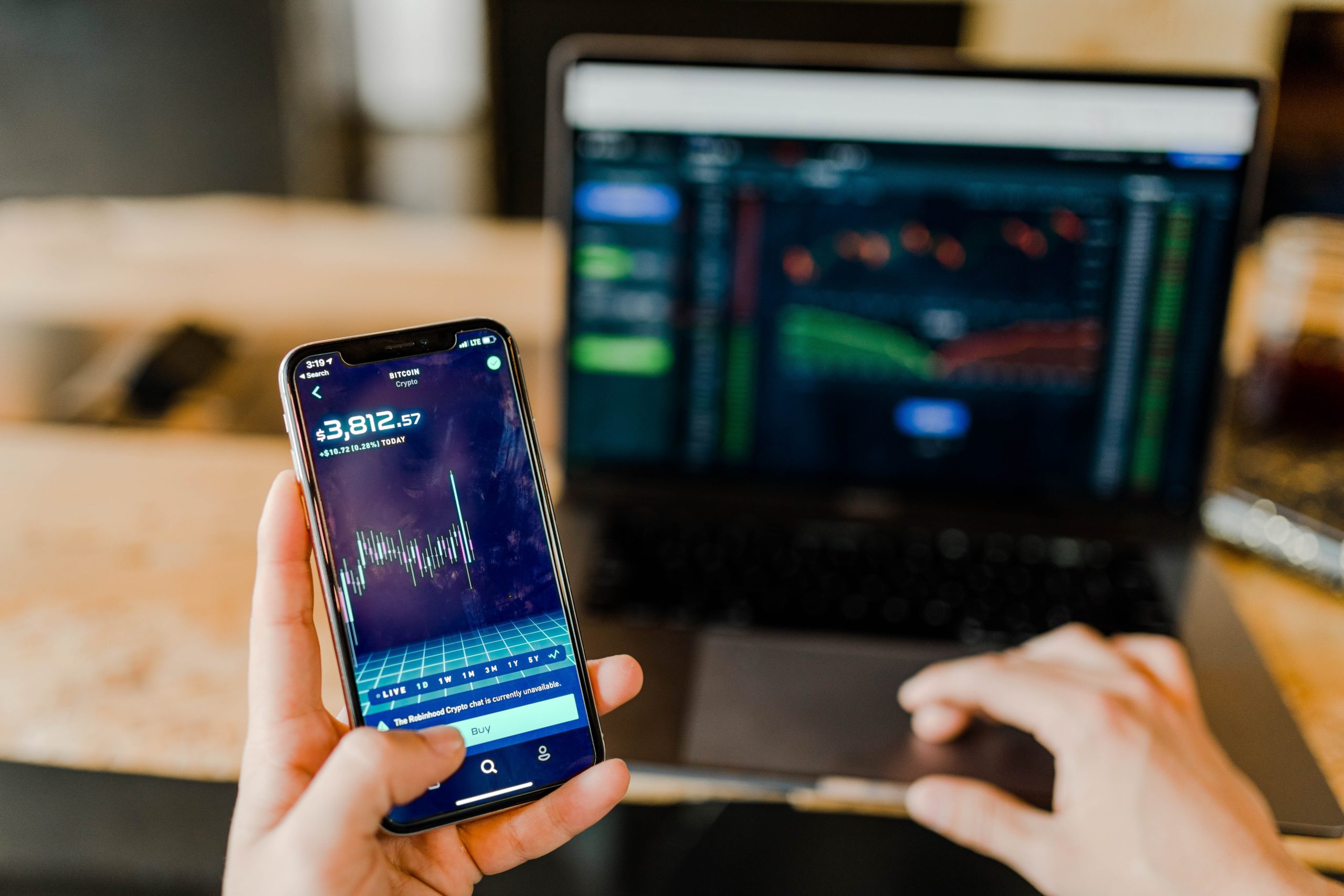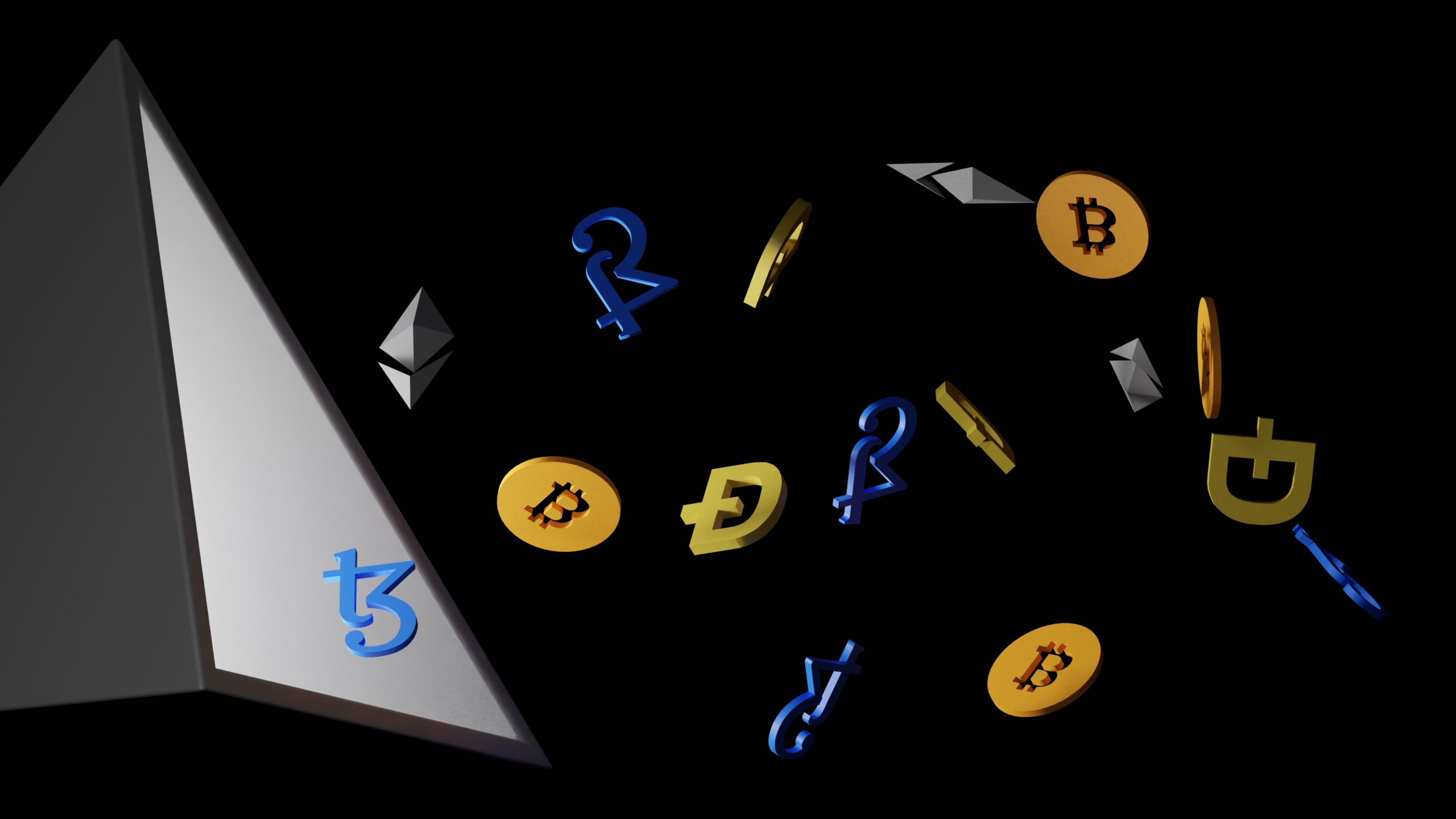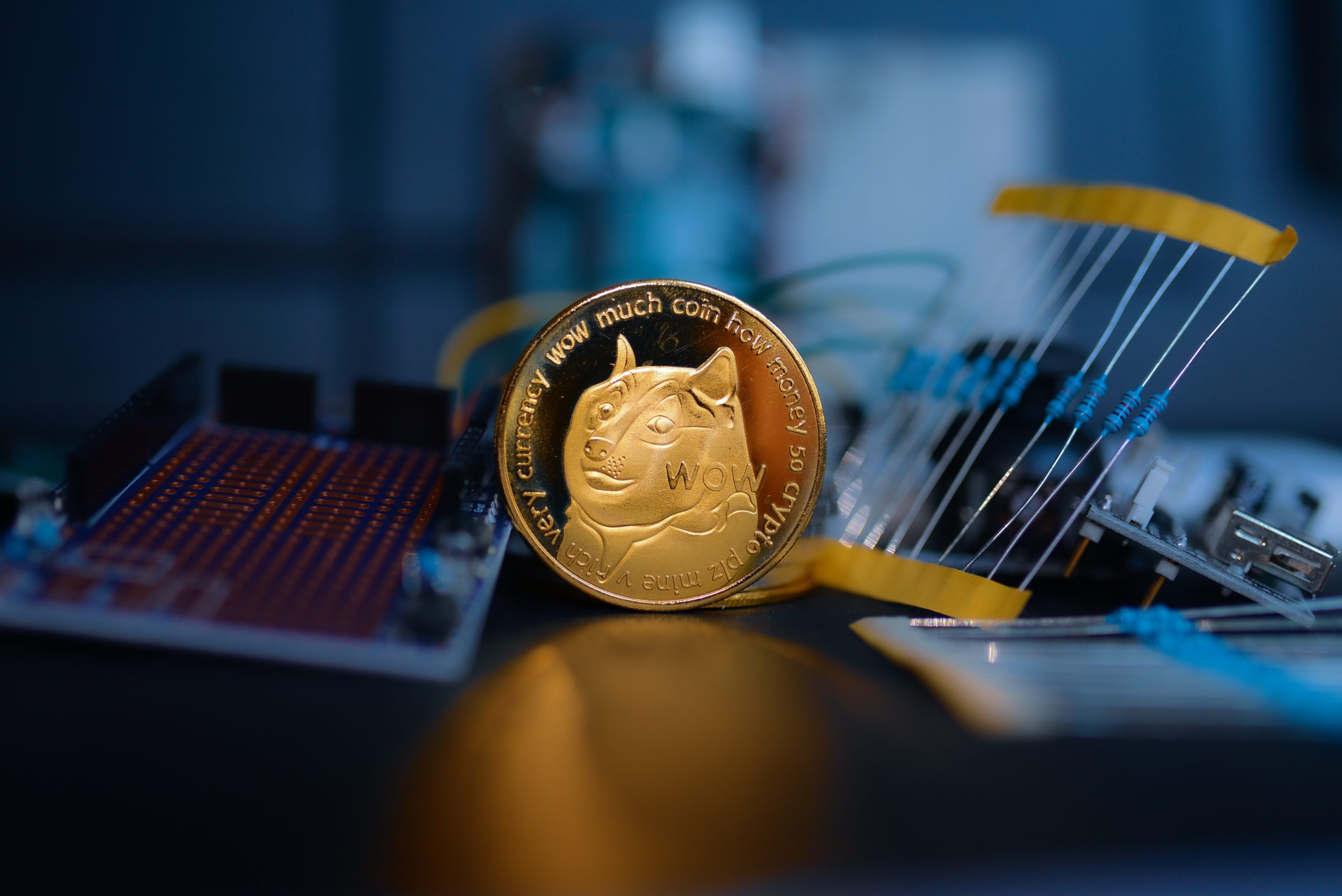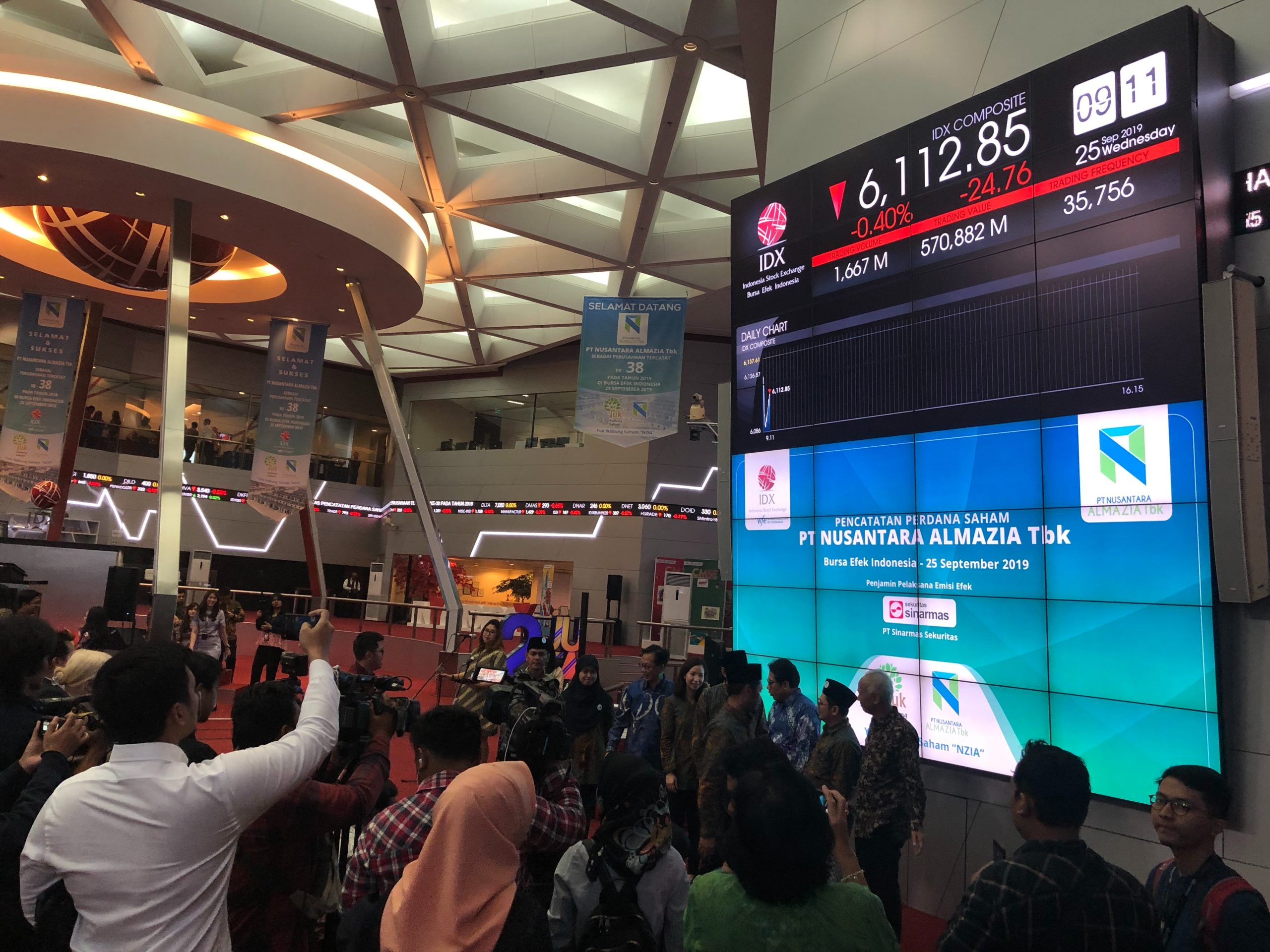XRP is the Ripple network’s native cryptocurrency, and it is consistently ranked among the top ten cryptocurrencies by market capitalization. Ripple is the firm behind XRP, which is a global payment settlement system and currency exchange network. It serves as a trusted agent between two parties in a transaction as the network can quickly confirm that the exchange went through properly. Ripple can facilitate exchanges for a variety of fiat currencies and cryptocurrencies, such as Bitcoin, to name one example. The network deducts a small amount of XRP, a cryptocurrency, as a transaction fee whenever a user does a trade.
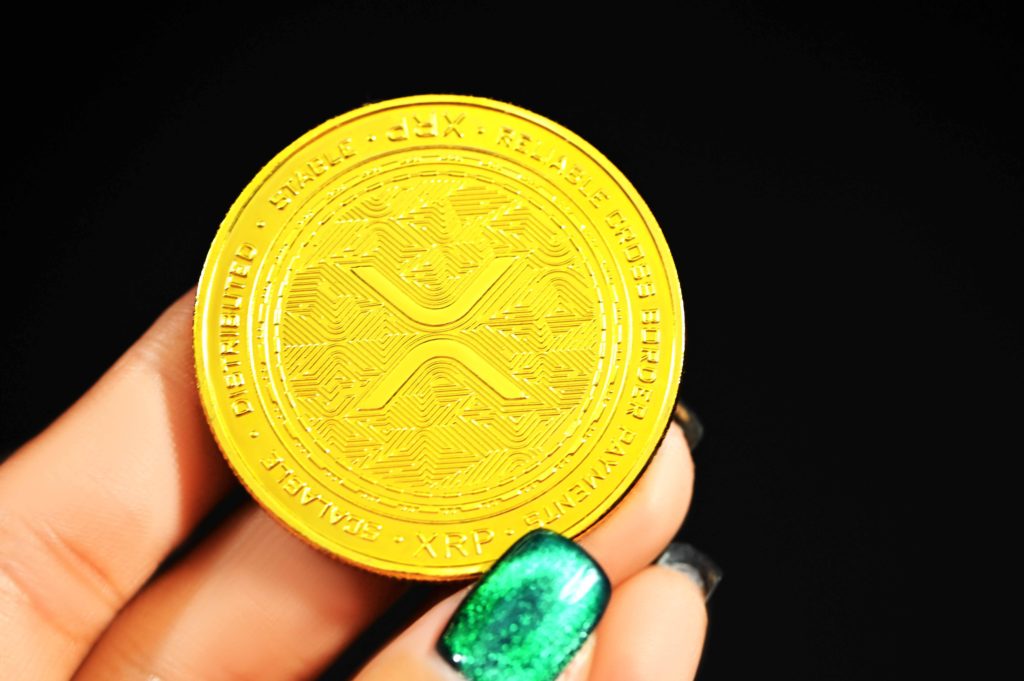
XRP
The XRP Ledger, a blockchain created by Jed McCaleb, Arthur Britto, and David Schwartz, houses the cryptocurrency XRP. Later, McCaleb and Britto established Ripple, which uses XRP to expedite network transactions. As a form of investment, a cryptocurrency to trade for other cryptocurrencies, or a means of funding transactions on the Ripple network, you can purchase XRP.
Mining XRP
The distributed verification technique known as “mining” is what most blockchain-based cryptocurrencies employ. It both makes trading easier and offers a way to inject fresh money into a cryptocurrency system, usually as compensation for the labor network maintainers put in as verifiers. For instance, the maximum supply for Bitcoin is 21 million tokens, which are gradually distributed as more and more transactions are confirmed. In contrast, XRP was “pre-mined,” which means that the XRP Ledger first produced 100 billion units before releasing them regularly to the public.
Transaction cost
Each transaction must burn a tiny amount of XRP to prevent spam and denial-of-service attempts from crashing the XRP Ledger. It is extremely expensive to overload the network intentionally or unintentionally because of this transaction cost, which is built to rise in tandem with network load. Each trade must indicate the amount of XRP to burn to cover the transaction fee.
The latest cost of transactions
Standard network transactions currently incur a minimum transaction fee of 0.00001 XRP (10 drops). It occasionally rises due to a heavier-than-usual load. Rippled can also be queried for the current transaction fee.
Load and open ledger costs
When the fee escalation amendment is enabled, there are two thresholds for the trading fee. If it does not exceed the load-based cost threshold of a rippled server, the server completely disregards the transaction. If it is less than the open ledger cost threshold of a rippled server, the transaction is queued for a later ledger. This separates transactions broadly into three classes:
- Transactions whose specified trading cost is so low that the load-based trading fee rejects them
- Transactions with a sufficient trade charge to be reported currently
- Intermittent transactions that are queued for a later ledger version
Cost of local load
Based on its current load, each rippling server maintains a cost threshold. The rippling server will not apply or relay a transaction that you submit with a Fee value that is less than its current load-based transaction cost. If a transaction meets the unscaled minimum transaction cost and is submitted over an admin connection, the server applies and transmits the transaction. If a transaction’s fee amount does not satisfy the requirements of most servers, it is exceedingly improbable that it will survive the consensus process.
Cost of open ledger
The open ledger cost is a second method used by the rippling server to enforce the trading fee. Only trades that satisfy the XRP open ledger cost criteria can be added to the open ledger. Transactions may be queued until a subsequent ledger if they don’t fulfill the open ledger cost. Based on the number of transactions in the previous ledger, the server chooses a soft limit for the number of transactions to be included in the open ledger for each new ledger version. Up until the open ledger’s transaction count reaches the soft limit, the open ledger cost is equal to the lowest unscaled trading fee. If the current ledger has more transactions than the soft limit, the server raises the soft limit for the subsequent ledger; conversely, if the consensus process took longer than five seconds, the server lowers the soft limit. The open ledger cost requirement is based on the average trading fee, not the total trading fee. Transaction types with higher than usual requirements, such as multi-signed transactions, must contribute more to the open ledger cost than transactions with lower requirements.
Reference transaction cost
The “Reference Transaction” is the least expensive (non-free) transaction in terms of the required transaction cost before load scalability. The cost of most transactions is the same as the reference transaction. A multiple of this fee is required for some transactions, such as multi-signed transactions. The need increases proportionally to the transaction’s fundamental cost as the open ledger cost rises.
Specifying the transaction cost
The fee field must include the transaction fee for each signed trade. This field cannot be altered without rendering the transaction’s signature invalid, just as all other fields. Transactions are often carried out by the XRP Ledger exactly as they are signed. To achieve anything different would need at least some coordination challenges across a decentralized consensus network. The result of this is that every trade burns exactly the amount of XRP given in the Fee field, regardless of how much higher than the current minimum trading cost for any area of the network the stated amount is. Even XRP that would normally be set aside for an account’s reserve requirement may be destroyed by the transaction fee.


